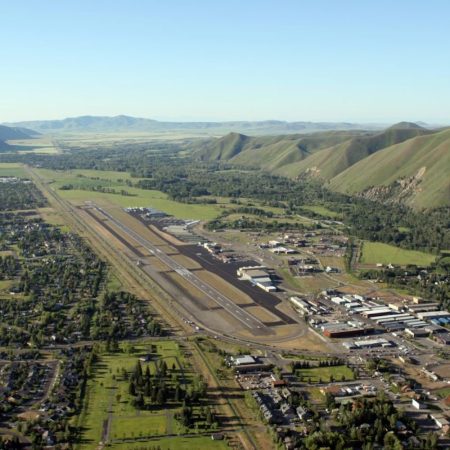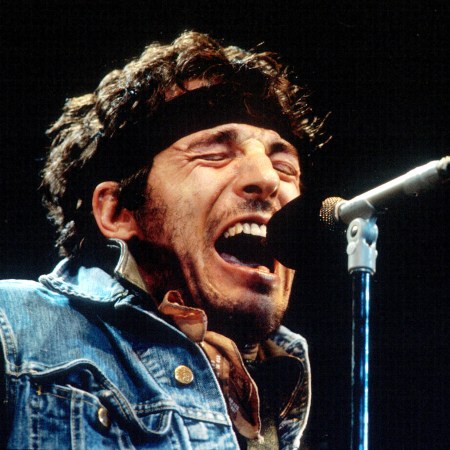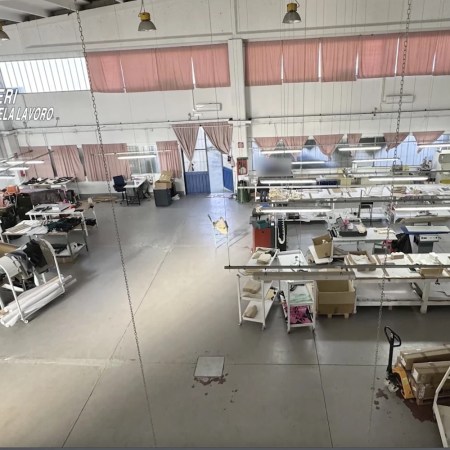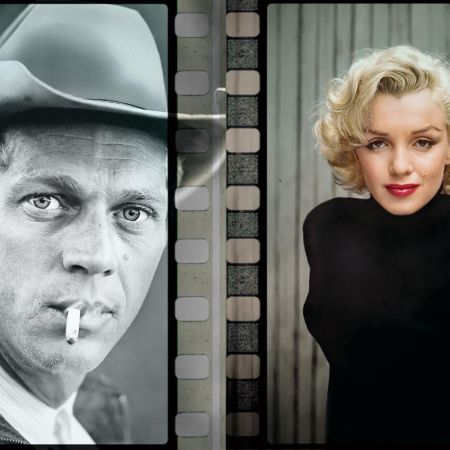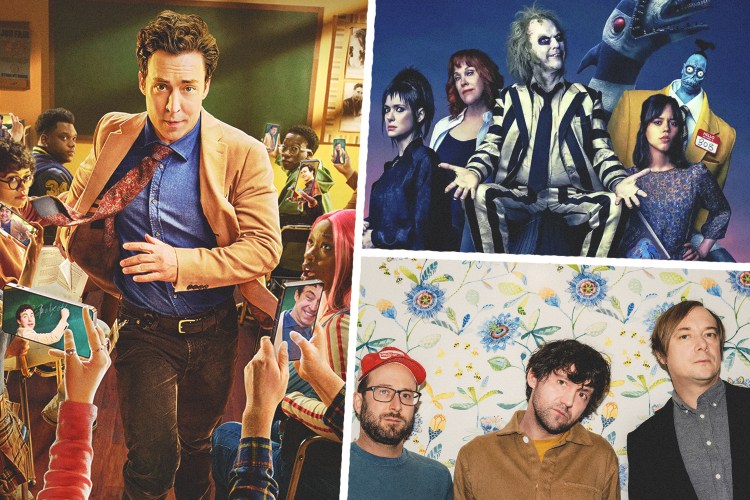A new article in Atlas Obscura points out we should all be thankful for the Department of Motor Vehicles — even while we loathe it. The turn of the 20th century shows what happened to society when people drove without regulation or real enforcement.
“When cars started appearing on American roads, the hazards they posed were not something people merely accepted,” Sarah Laskow writes. “The earliest drivers tended to be wealthy enough to afford these new machines.”
These drivers wreaked havoc, according to a new paper published in the Journal of Urban History, with newspapermen warning readers of “reckless and short-sighted motor vehicle owners who drive their machines at racing speed along suburban and country highways.” As cars became more affordable, it became difficult to even get in the door of DMV offices because they were so overwhelmed by the increase.
It’s lucky, Laskow argues, the process to get people in and out and behind the wheel of a car was streamlined, and in a way that mitigated risk to human life and property to the best extent possible. But technologies change, as they do, and your experience at the department might not be as miserable as it used to be. There are already self-automated kiosks making appearances around the country.
Thanks for reading InsideHook. Sign up for our daily newsletter and be in the know.

